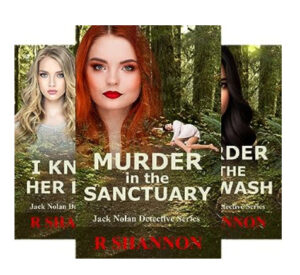 I am in the process of writing the fourth book in the Jack Nolan Detective Series. I had to do some research about cell phone and how the cops trace cellphones, but this is some other research about disposable phones. These are referred to by criminals and cops as burner phones.
I am in the process of writing the fourth book in the Jack Nolan Detective Series. I had to do some research about cell phone and how the cops trace cellphones, but this is some other research about disposable phones. These are referred to by criminals and cops as burner phones.
They are purchased in a box at Walmart or Walgreens, places like this. Normal people use them to protect their identifies. For example, if you are having a garage sale and you don't want to use your regular phone number, you can purchase a throw away phone for $15 to $45 dollars and it will protect your real phone number from getting out there.
 Husbands and wives who cheat also use burner phones that they hide from their spouses. They don't have to worry about getting caught texting to their lovers.
Husbands and wives who cheat also use burner phones that they hide from their spouses. They don't have to worry about getting caught texting to their lovers.
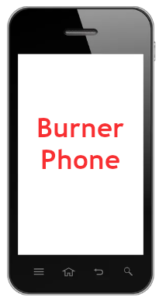 Drug traffickers also use burner phones. They use them so they can't be traced by the cops. BUT, as you will read below, they are not foolproof. As a matter of fact, they are kind of easy to trace. If you watched the show, Better Call Saul, his system of selling the phones would work for the drug lords. It worked because Sol bought the phones in bulk in his name. He sold them to individuals for cash. So nothing would ever trace the phones to the people who bought them.
Drug traffickers also use burner phones. They use them so they can't be traced by the cops. BUT, as you will read below, they are not foolproof. As a matter of fact, they are kind of easy to trace. If you watched the show, Better Call Saul, his system of selling the phones would work for the drug lords. It worked because Sol bought the phones in bulk in his name. He sold them to individuals for cash. So nothing would ever trace the phones to the people who bought them.
Knowing this is helpful to know what will work in a plotline and what won't work. Below is also more info about how the police can track most phones that are purchased by the person using them at a big box store.
Can Police Detectives find people who use burner phones?
Yes, the cops can find the identities of the people who were contacted using the burner phone if they have the right tools and resources. Burner phones are designed to be disposable and difficult to track, but they are not foolproof.
Here are some ways that the cops can find the identities of the people who were contacted using a burner phone:
- Tracing the other party: The cops can get the burner phone number by seeing it on someone else's phone, like a girlfriend or boss, etc. Once they have the burner phone number, they can get the following:
- Cellular data: The burner phone will likely have a SIM card that can be traced back to the person who purchased it. The cops can also get a warrant to compel the cellular carrier to provide them with records of the calls and texts that were made and received on the phone.
- GPS data: If the burner phone has GPS capabilities, the cops can use that data to track the phone's movements. This can help them to identify the people who were in contact with the phone at certain times and locations.
- Social media: If the person who used the burner phone has any social media accounts, the cops can try to track them down through those accounts. They can also look for photos or videos that were taken with the phone and see if they can identify the people in the photos or videos.
- Physical evidence: If the cops find the burner phone, they may be able to find physical evidence that can help them to identify the people who used it. For example, they may be able to find fingerprints or DNA on the phone.
Here are some strategies that criminals use to avoid being tracked by the cops if they use a burner phone:
- They only use burner phone for short periods of time: The less time they use the burner phone, the less data the cops will have to track them. So plotlines may take this into account.
- They, of course, dispose of the phone once the crime has been committed.
- Most non-criminals who use burners phones use it to protect their identity for a specific reason, i.e., maybe selling a car online, having a garage sale, etc. Their use of burner phones are legal and the cops would have no way of knowing they used the phones.
- However, if criminals use the disposable phones for criminal reasons, that's when the cops will be more likely to track them down.
- Be careful about what you say and do on the burner phone, even if you are just selling things online. The cops can use anything you say or do on the phone as evidence against you.
- It is also important to remember that burner phones are not foolproof. If the cops are determined to track you down, they will eventually be able to do so.

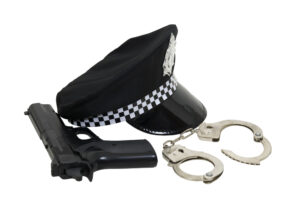 I'm writing Book 4 in the Jack Nolan Detective Series and there is the possibility of a financial crime. I did some research on how detectives can get financial records. I mean, do cops just call and ask nicely? No, there has to be a warrant.
I'm writing Book 4 in the Jack Nolan Detective Series and there is the possibility of a financial crime. I did some research on how detectives can get financial records. I mean, do cops just call and ask nicely? No, there has to be a warrant. Yes, homicide detectives need to formally go before a judge to get a warrant to see financial records. They cannot ask a district attorney to get it informally. This is because financial records are protected by the Fourth Amendment of the U.S. Constitution, which protects against unreasonable searches and seizures. In order to get a warrant, the detectives must show the judge that they have probable cause to believe that the financial records contain evidence of a crime. They must also specify the records they are seeking and the financial institution where they are located.
Yes, homicide detectives need to formally go before a judge to get a warrant to see financial records. They cannot ask a district attorney to get it informally. This is because financial records are protected by the Fourth Amendment of the U.S. Constitution, which protects against unreasonable searches and seizures. In order to get a warrant, the detectives must show the judge that they have probable cause to believe that the financial records contain evidence of a crime. They must also specify the records they are seeking and the financial institution where they are located.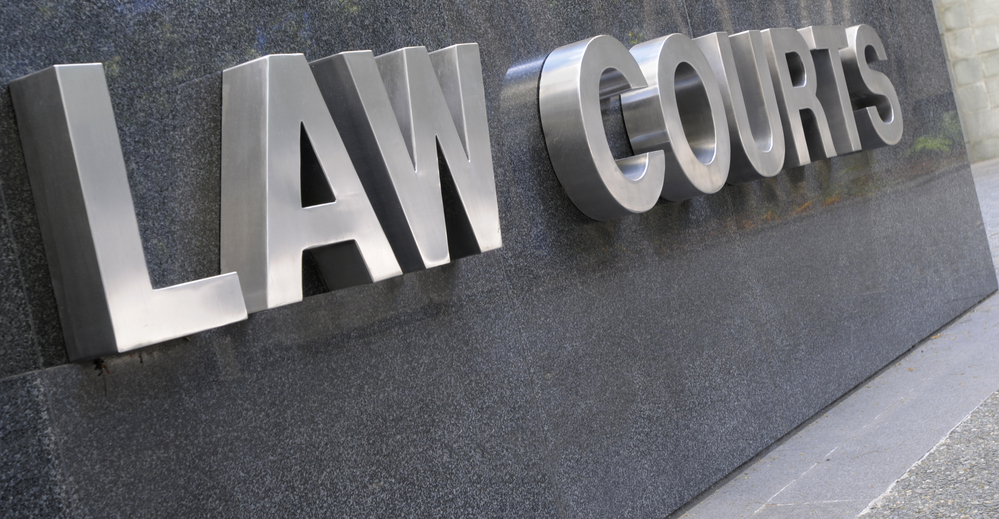 The common procedure for obtaining a warrant for financial records is as follows:
The common procedure for obtaining a warrant for financial records is as follows: The detectives can also ask the district attorney to help them obtain a warrant for financial records. The district attorney will review the affidavit from a legal perspective and decide whether to file it with the court. If the district attorney does file the affidavit, the judge will still need to review it and decide whether to issue a warrant.
The detectives can also ask the district attorney to help them obtain a warrant for financial records. The district attorney will review the affidavit from a legal perspective and decide whether to file it with the court. If the district attorney does file the affidavit, the judge will still need to review it and decide whether to issue a warrant. If the judge finds that there is probable cause, they will issue a warrant. The warrant will specify the records that the detectives are seeking and the financial institution where they are located. The warrant will also be valid for a certain period of time, and for a specific type or range of records. After the expiration date, the warrant is void.
If the judge finds that there is probable cause, they will issue a warrant. The warrant will specify the records that the detectives are seeking and the financial institution where they are located. The warrant will also be valid for a certain period of time, and for a specific type or range of records. After the expiration date, the warrant is void. The warrant is served by a law enforcement officer, such as a police officer or a sheriff's deputy. The officer will present the warrant to the financial institution and demand that the records be produced. The financial institution is required to comply with the warrant, and they cannot refuse to produce the records.
The warrant is served by a law enforcement officer, such as a police officer or a sheriff's deputy. The officer will present the warrant to the financial institution and demand that the records be produced. The financial institution is required to comply with the warrant, and they cannot refuse to produce the records.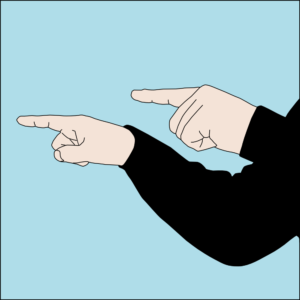 process server.
process server.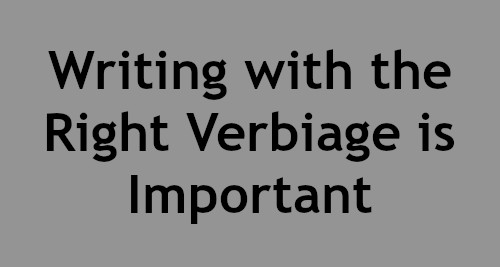
 In my last police procedural fiction book, I did some research on cell phones and the terminology used by police officers. I thought I would share it with other writers to save you the research time.
In my last police procedural fiction book, I did some research on cell phones and the terminology used by police officers. I thought I would share it with other writers to save you the research time. Cell towers, also known as cell phone towers or cellular towers, are tall structures that transmit and receive radio signals. These towers facilitate wireless communication between mobile devices and the network. Mobile phones connect to the nearest cell tower to send and receive voice, text messages, and data.
Cell towers, also known as cell phone towers or cellular towers, are tall structures that transmit and receive radio signals. These towers facilitate wireless communication between mobile devices and the network. Mobile phones connect to the nearest cell tower to send and receive voice, text messages, and data. When cops are researching where cell phones are pinging from, they typically use a process called cell site location information (CSLI). CSLI is data that records the location of a cell phone by tracking its connection to cell towers.
When cops are researching where cell phones are pinging from, they typically use a process called cell site location information (CSLI). CSLI is data that records the location of a cell phone by tracking its connection to cell towers. Each cell tower has a unique identifier, which is called the International Mobile Station Equipment Identity (IMEI). The IMEI is a 15-digit number that is assigned to every cell phone when it is manufactured.
Each cell tower has a unique identifier, which is called the International Mobile Station Equipment Identity (IMEI). The IMEI is a 15-digit number that is assigned to every cell phone when it is manufactured. The coverage radius of a cell tower depends on a number of factors, including the technology used, the height of the tower, and the terrain.
The coverage radius of a cell tower depends on a number of factors, including the technology used, the height of the tower, and the terrain. This information is about how a cellphone customer can find out about their own cellphone towers. This wouldn't be used by the police necessarily but it is information I came across during my own research.
This information is about how a cellphone customer can find out about their own cellphone towers. This wouldn't be used by the police necessarily but it is information I came across during my own research.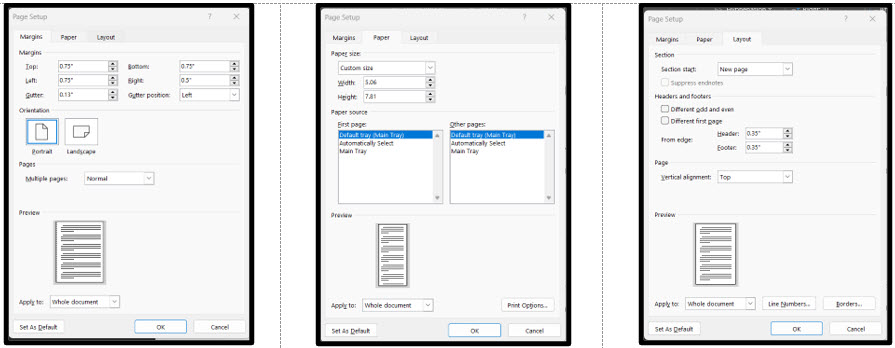

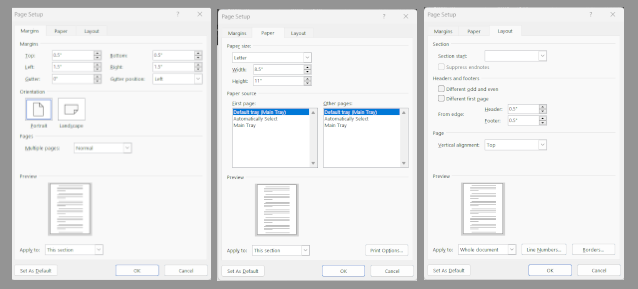

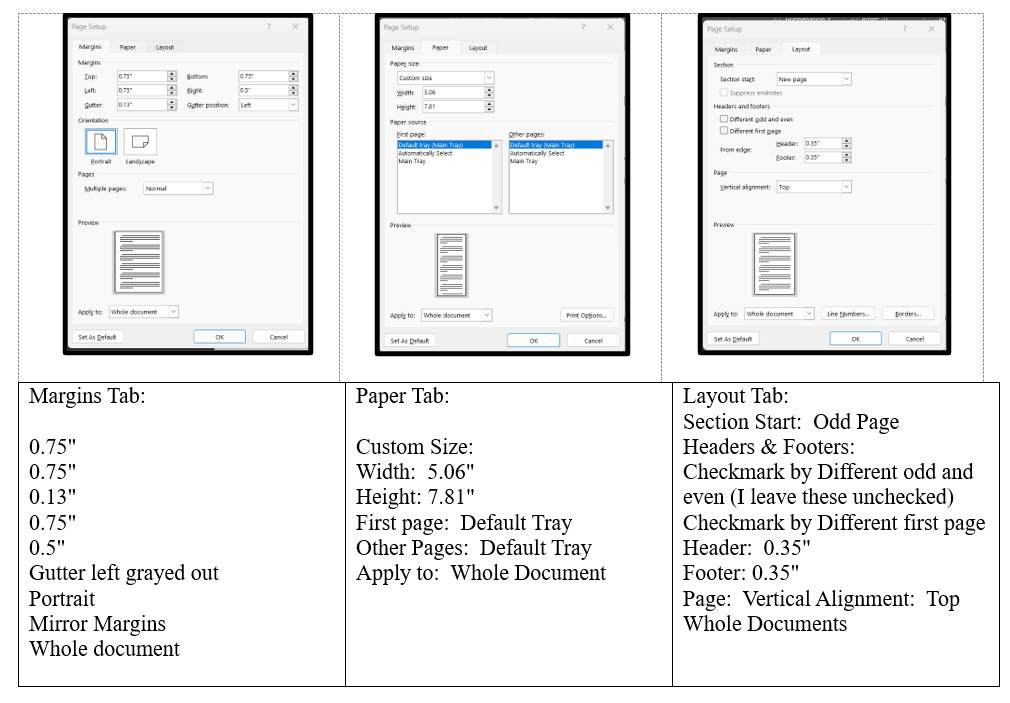
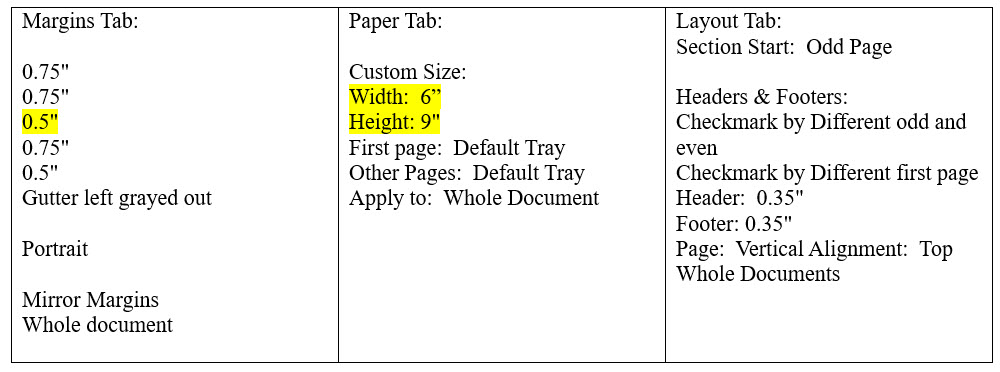
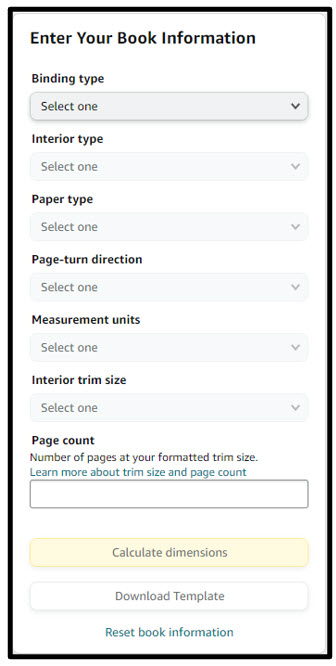
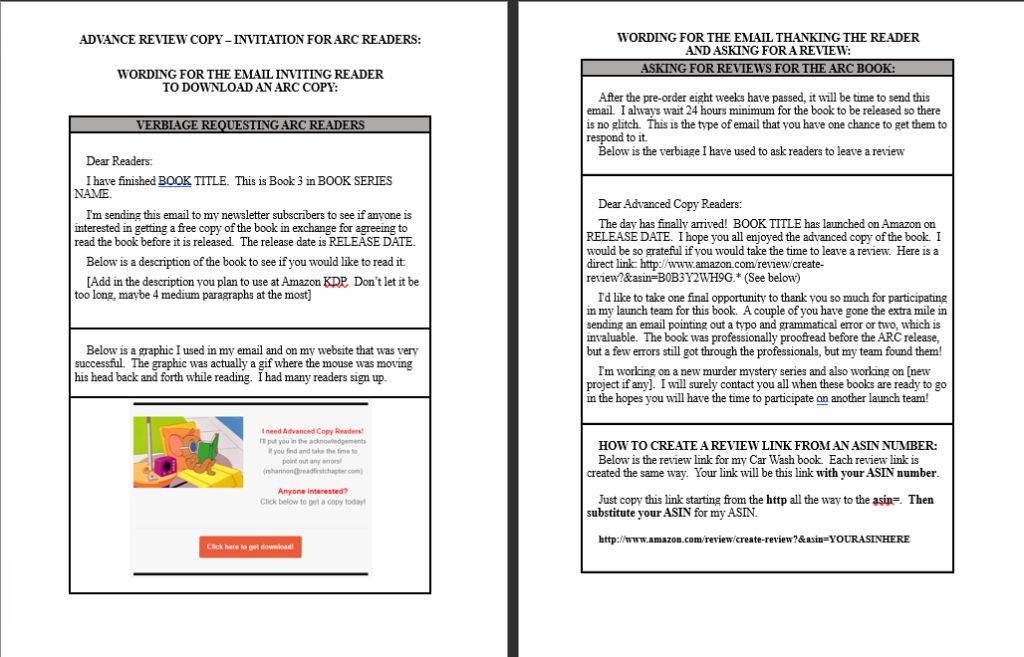
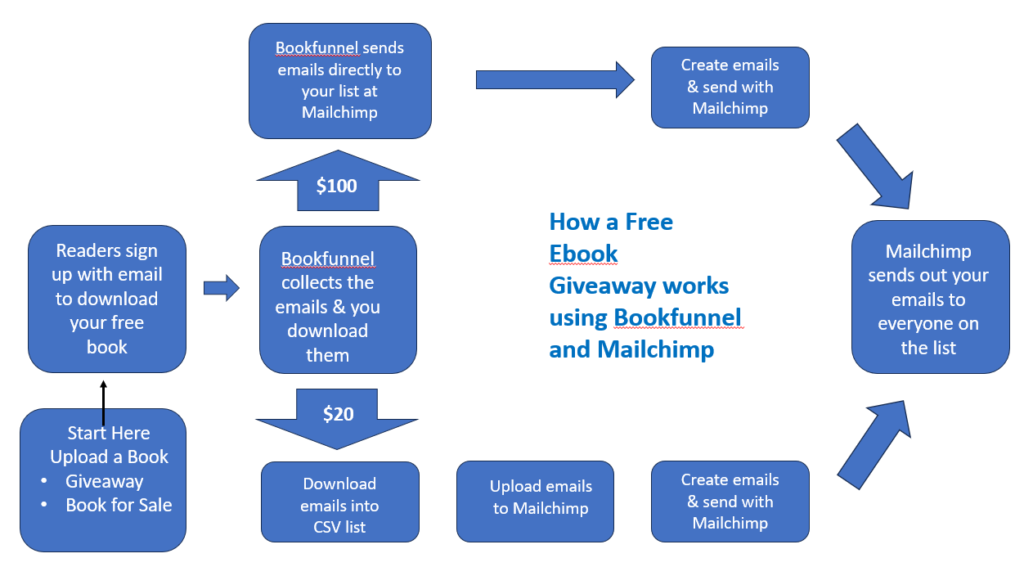
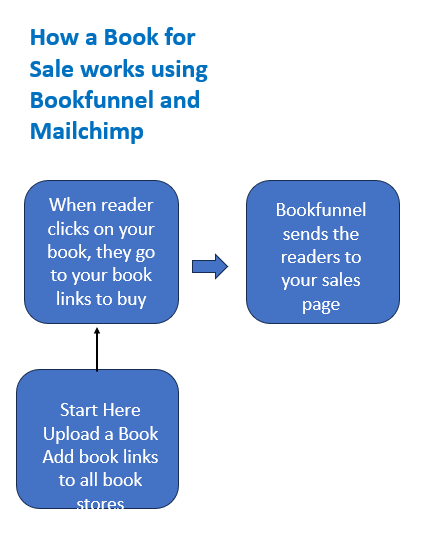
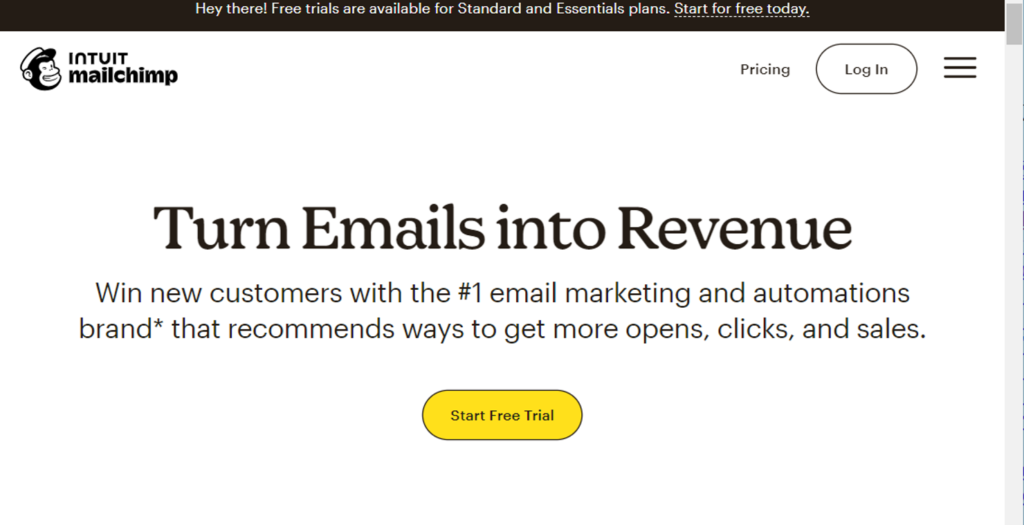
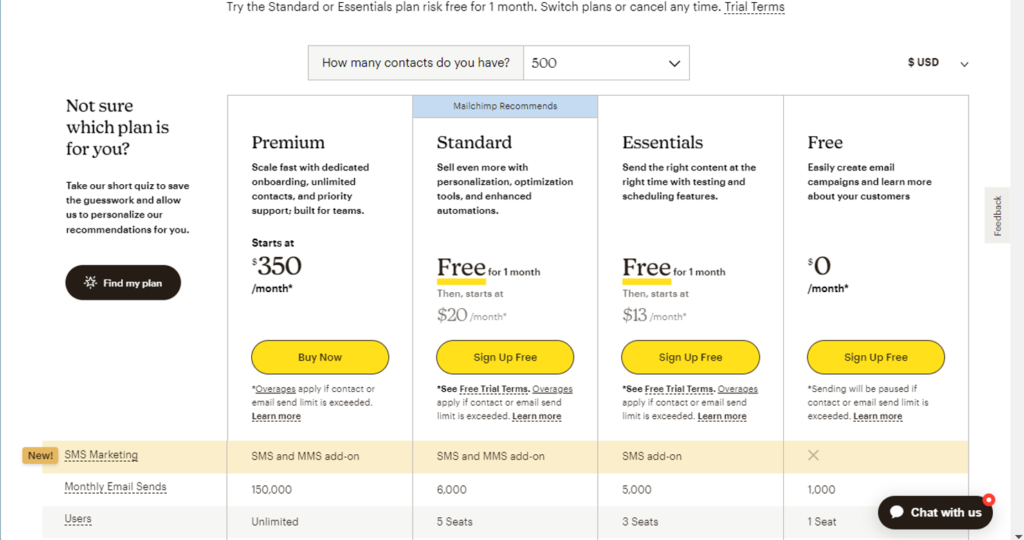
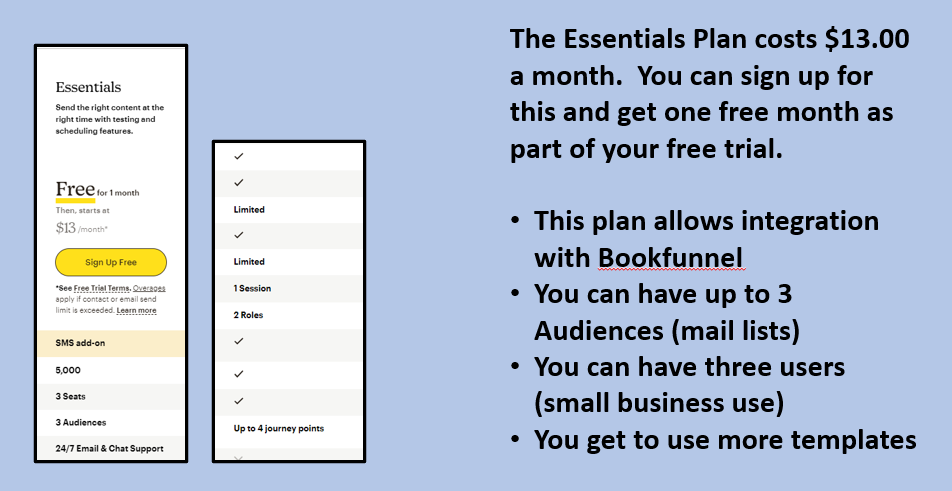
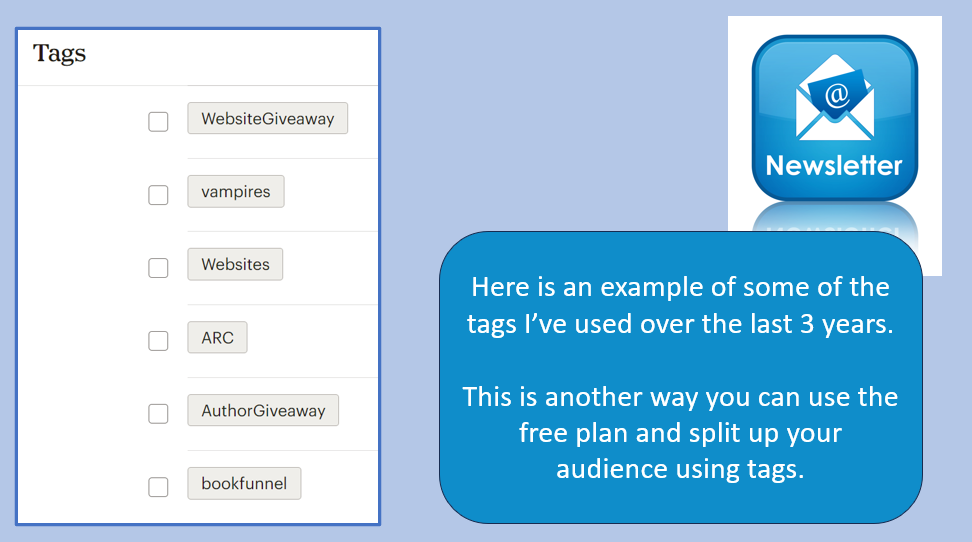
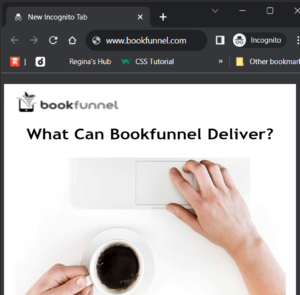 Go to bookfunnel.com and sign up for an account. Here is a screen shot from the first page. I've fiddled with it to show the actual address and the logo, but it will look similar to this picture here.
Go to bookfunnel.com and sign up for an account. Here is a screen shot from the first page. I've fiddled with it to show the actual address and the logo, but it will look similar to this picture here.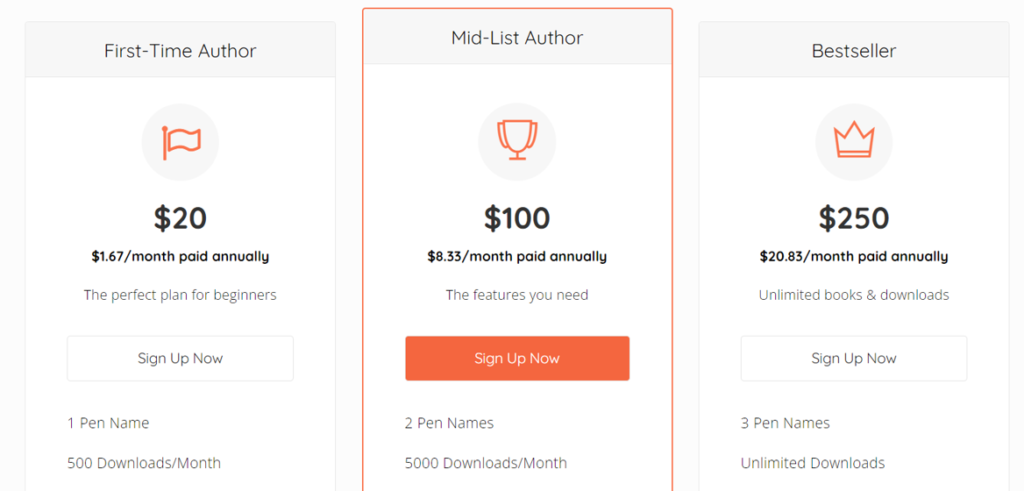
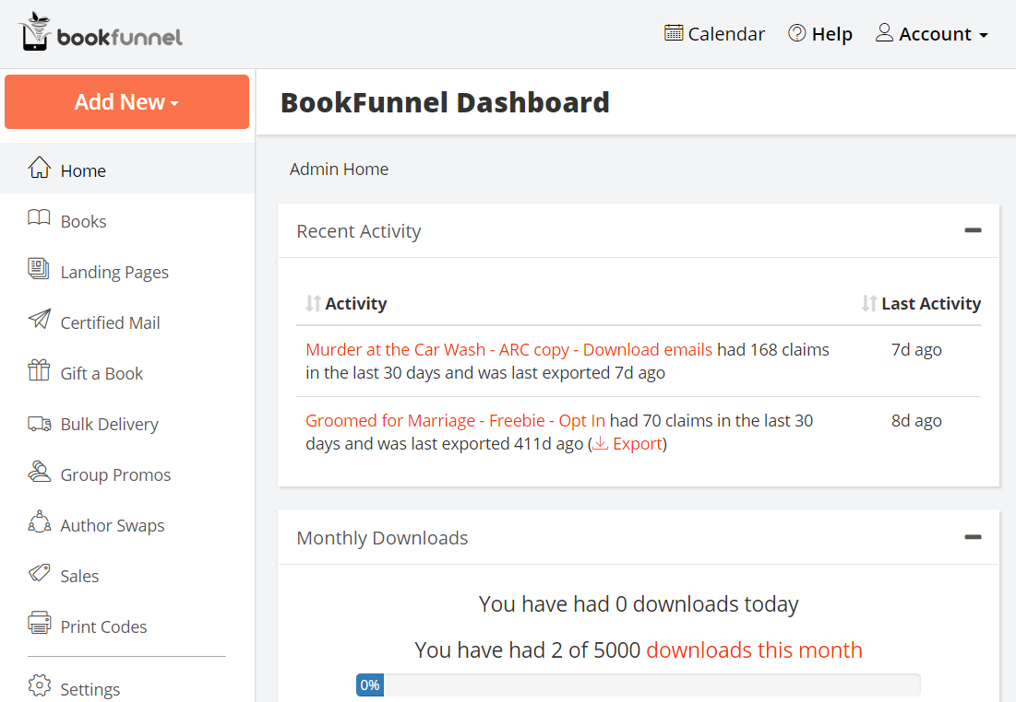
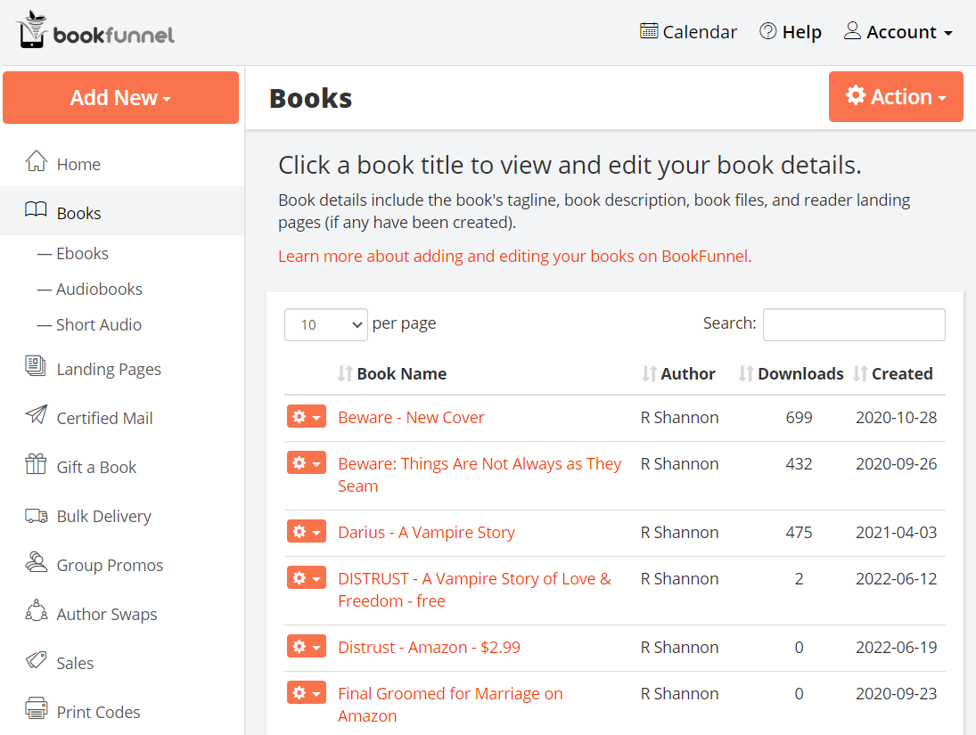 The Books Tab keeps track of the eBooks you have uploaded and how many downloads there have been. There are drop-down links (in the orange boxes) to edit your books information and also to reupload copies.
The Books Tab keeps track of the eBooks you have uploaded and how many downloads there have been. There are drop-down links (in the orange boxes) to edit your books information and also to reupload copies.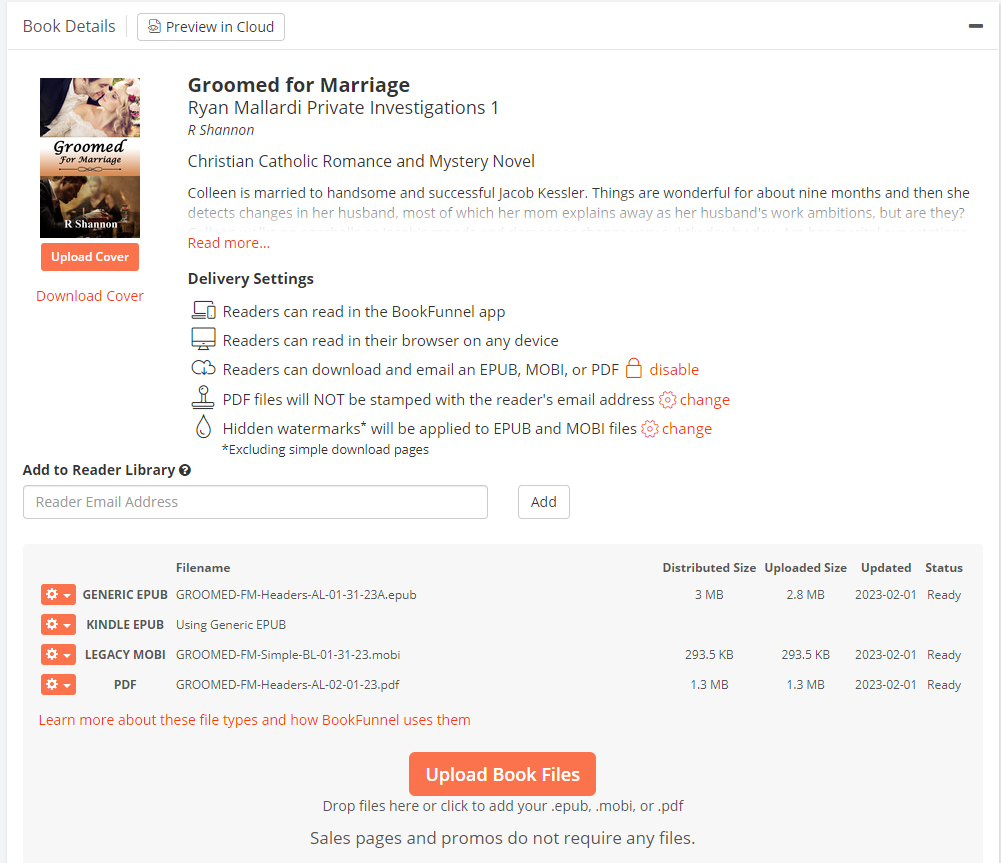
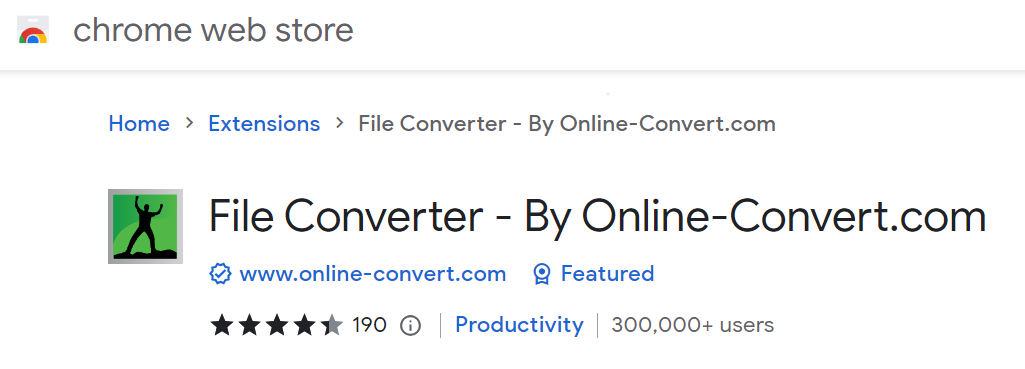
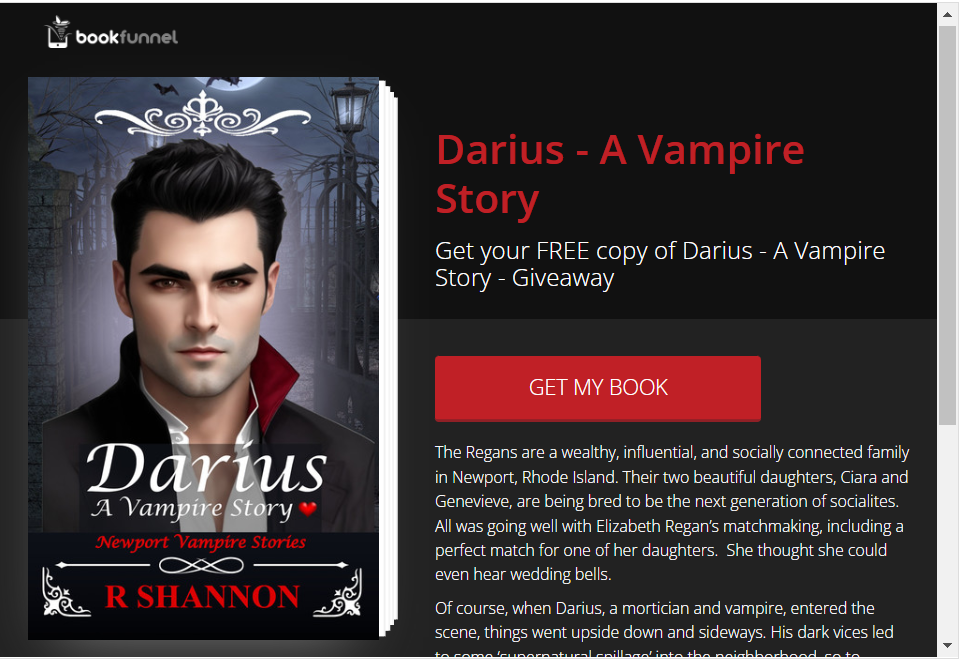
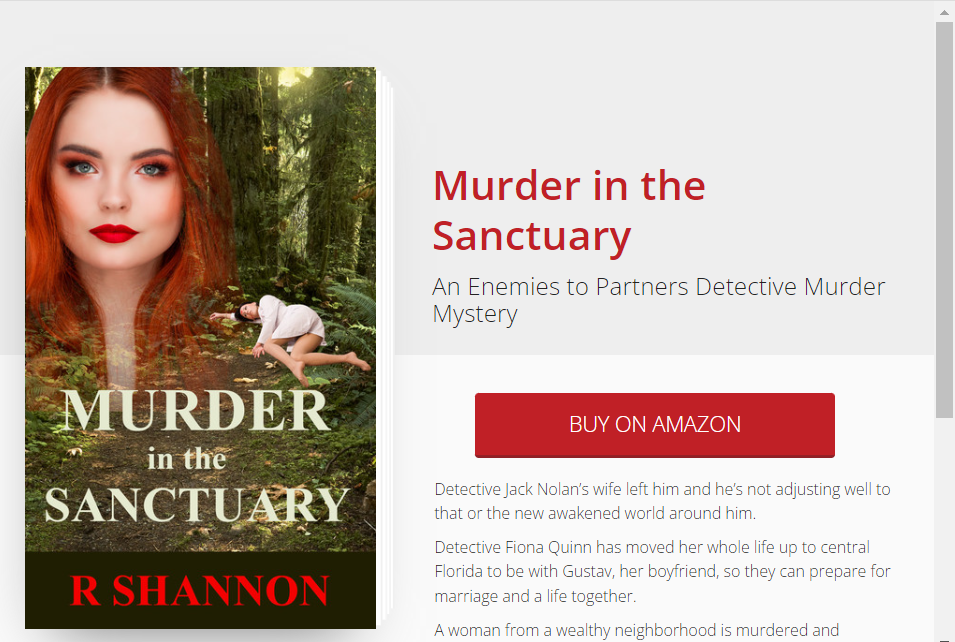
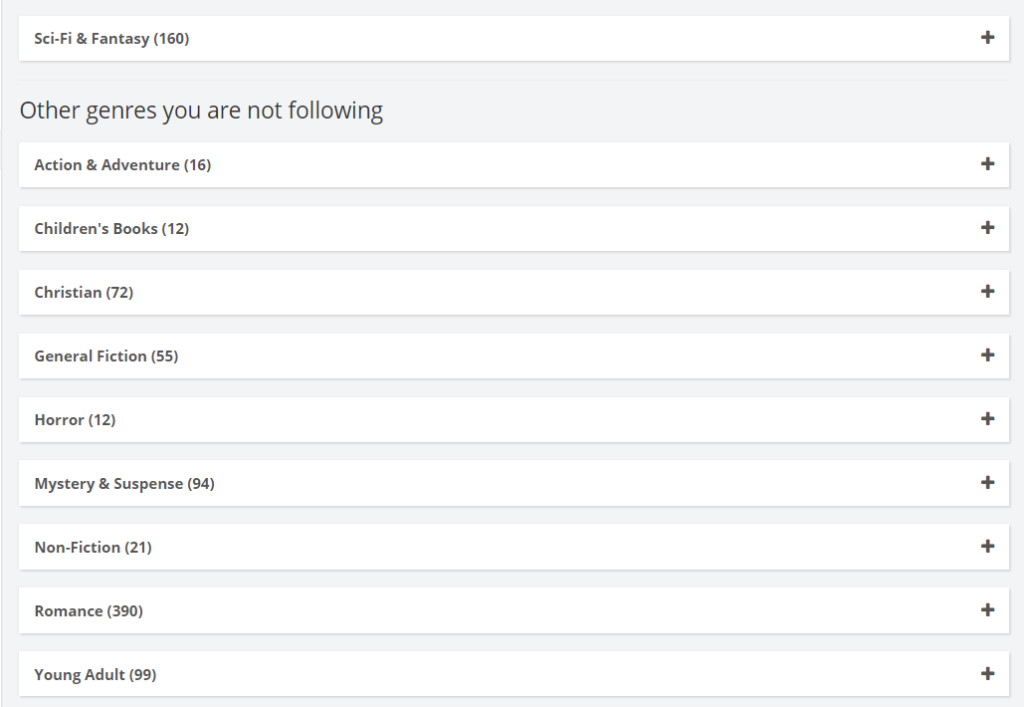


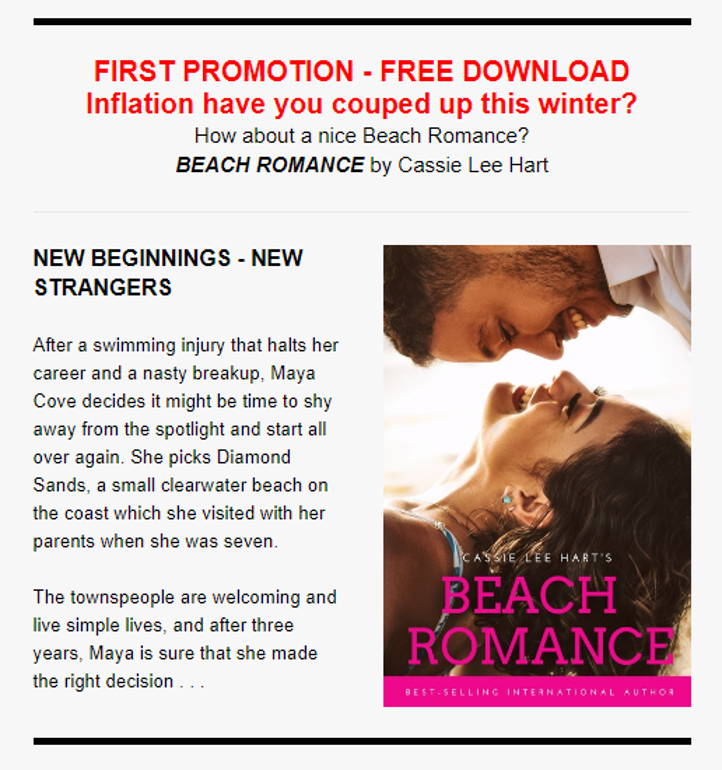
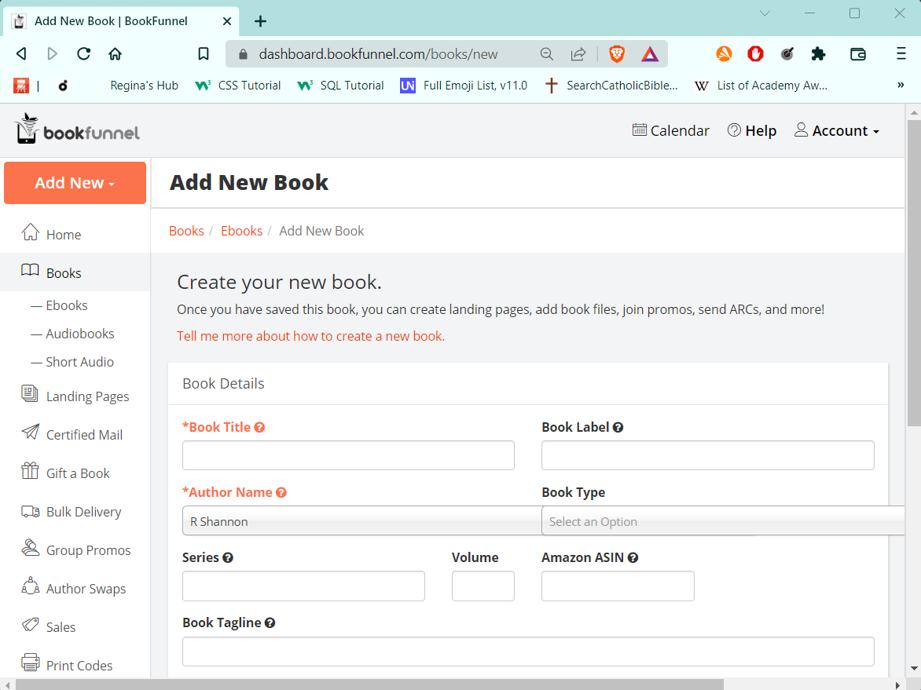
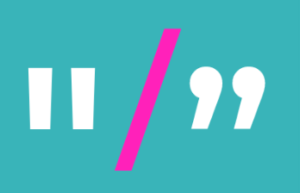 Turn these Scrivener features off, especially if you plan to move your finished novel draft into Microsoft Word for final formatting. Because I self-publish and I need to upload in ePub and PDF manuscript, I use Word for a final proofread and formatting. I find Word is the best choice for me. The smart quotes do not translate well between Scrivener and Word. If you turn off the smart quotes, Scrivener will replace them with straight quotes and these translate better.
Turn these Scrivener features off, especially if you plan to move your finished novel draft into Microsoft Word for final formatting. Because I self-publish and I need to upload in ePub and PDF manuscript, I use Word for a final proofread and formatting. I find Word is the best choice for me. The smart quotes do not translate well between Scrivener and Word. If you turn off the smart quotes, Scrivener will replace them with straight quotes and these translate better.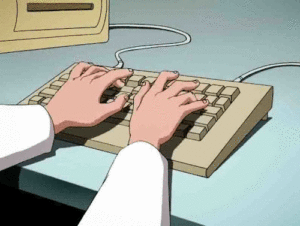 I'm writing my fourth novel in the Jack Nolan Detective Series. The book is still unnamed. This is Level 4 in my Eight Levels of Writing a Novel series. This first draft is down and dirty. It is the hardest lift of the entire project. At least for me, the first draft is the hardest. The characters all seem like stick figures. I find them unlikeable -- even if I liked them in the last book! Any humor doesn't seem to work. Everything just seems awkward. I have to literally force myself to keep typing. So this tip is to just keep writing. Don't check on any spellings or grammar. Don't even look back. Just keep going until you have the crime down, the main plotline down and the subplots at least in place. That will complete the first down-and-dirty draft. Every other layer will be easy compared to this one.
I'm writing my fourth novel in the Jack Nolan Detective Series. The book is still unnamed. This is Level 4 in my Eight Levels of Writing a Novel series. This first draft is down and dirty. It is the hardest lift of the entire project. At least for me, the first draft is the hardest. The characters all seem like stick figures. I find them unlikeable -- even if I liked them in the last book! Any humor doesn't seem to work. Everything just seems awkward. I have to literally force myself to keep typing. So this tip is to just keep writing. Don't check on any spellings or grammar. Don't even look back. Just keep going until you have the crime down, the main plotline down and the subplots at least in place. That will complete the first down-and-dirty draft. Every other layer will be easy compared to this one. Scrivener allows you to highlight text in any color you want. I use this highlighter in the Level 4 Draft to make a mental note to myself to check on things. For example: If I say that someone is coming home from a hospital in four days, I highlight this. This makes sure that this lines up with the plotline, or the crime line, or the subplot lines.
Scrivener allows you to highlight text in any color you want. I use this highlighter in the Level 4 Draft to make a mental note to myself to check on things. For example: If I say that someone is coming home from a hospital in four days, I highlight this. This makes sure that this lines up with the plotline, or the crime line, or the subplot lines.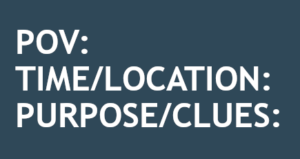 Like I mentioned earlier, I'm in the first draft of my novel and each scene begins with the same Scene Template as seen to the left.
Like I mentioned earlier, I'm in the first draft of my novel and each scene begins with the same Scene Template as seen to the left.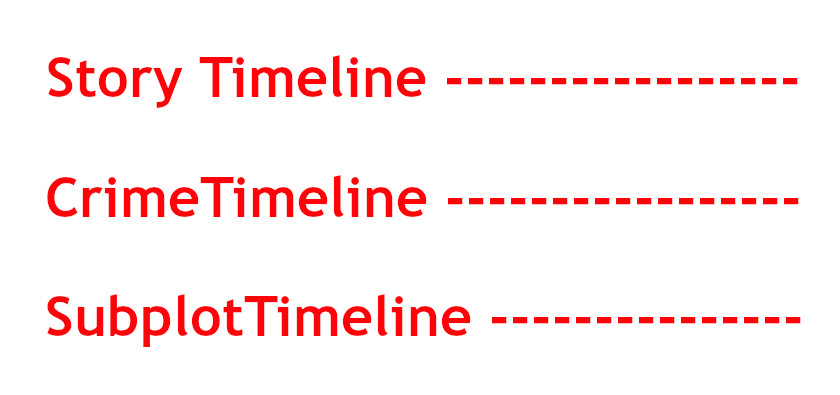
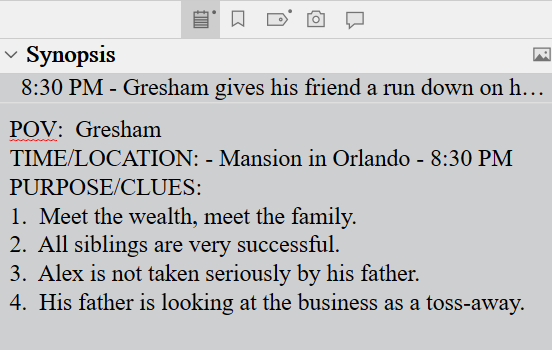 When writing the first draft, I use the Scrivener Synopsis section in the Inspector Pane to list the clues I have dropped in that scene. Once I've finished the first draft, I can open the project in Outline View and this will give me a bird's eye view and chronology of the clues that have been dropped.
When writing the first draft, I use the Scrivener Synopsis section in the Inspector Pane to list the clues I have dropped in that scene. Once I've finished the first draft, I can open the project in Outline View and this will give me a bird's eye view and chronology of the clues that have been dropped.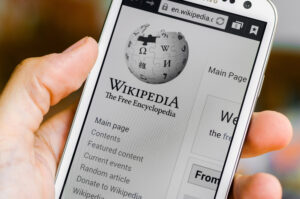 If your research requires a public figure or an organization, start at Wikipedia and take advantage of research already done. It will all have to be verified, but you will at least start off with some basics.
If your research requires a public figure or an organization, start at Wikipedia and take advantage of research already done. It will all have to be verified, but you will at least start off with some basics.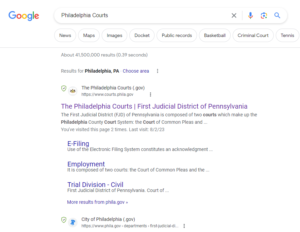 Go to Google and type in Philadelphia Courts or New York courts, etc.
Go to Google and type in Philadelphia Courts or New York courts, etc. It's important to know that there are at least four levels of record keeping in the USA. There is Federal, State, County, and then City or Municipal or Local. This will help when you are drilling down. It's best to drill down one layer at a time.
It's important to know that there are at least four levels of record keeping in the USA. There is Federal, State, County, and then City or Municipal or Local. This will help when you are drilling down. It's best to drill down one layer at a time.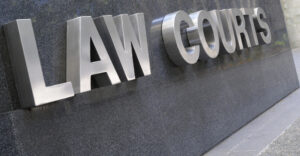
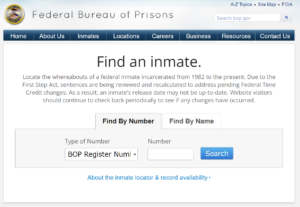

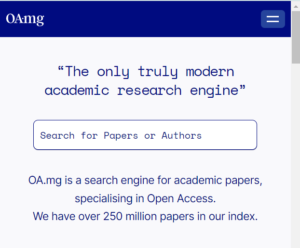 Open access papers = www.oa.mg
Open access papers = www.oa.mg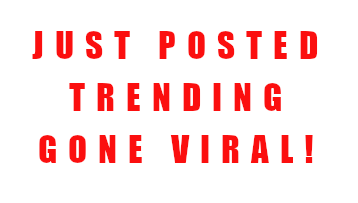
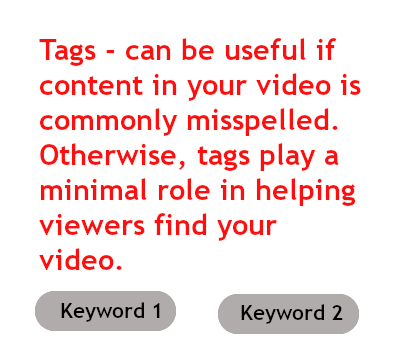
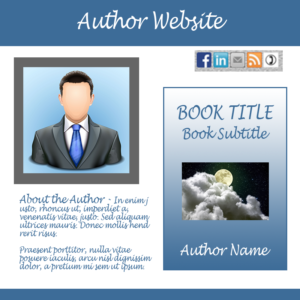 The answer to that question depends upon your goals as an author.
The answer to that question depends upon your goals as an author.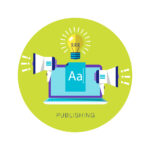 If, however, you are a serious author working towards a career or life-long profession, then you will want a website. You may not need one with the first book, but you will be anxious to build your brand right away.
If, however, you are a serious author working towards a career or life-long profession, then you will want a website. You may not need one with the first book, but you will be anxious to build your brand right away.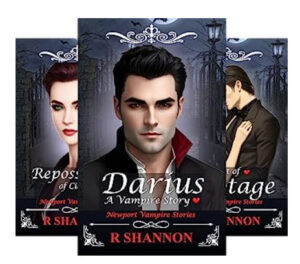 Although I have already said that you can write book series and operate with an Amazon author page, there will come a time when you want to brand yourself and your series. This will also help you build an online presence. It's all about competition. The more ways you use to run into readers online, the better it us for you and your books.
Although I have already said that you can write book series and operate with an Amazon author page, there will come a time when you want to brand yourself and your series. This will also help you build an online presence. It's all about competition. The more ways you use to run into readers online, the better it us for you and your books.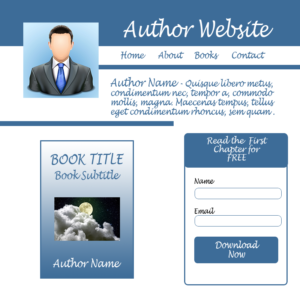 If you want to connect with readers, or start building a readership, you will then want and need a website. When I say connect with readers, there are a few ways to connect with readers.
If you want to connect with readers, or start building a readership, you will then want and need a website. When I say connect with readers, there are a few ways to connect with readers.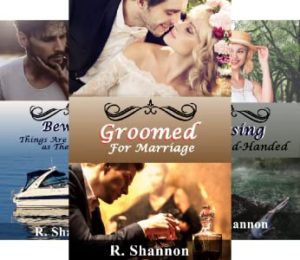 For whatever it may be worth to you, I would recommend that you consider a website by the time you have written a third book, whether it is in a series or not. Once a reader has read more than one book, they will get curious about you. They will want to see a picture of you and maybe learn a few personal things about your life. Having a website, you can share a little bit of personal information.
For whatever it may be worth to you, I would recommend that you consider a website by the time you have written a third book, whether it is in a series or not. Once a reader has read more than one book, they will get curious about you. They will want to see a picture of you and maybe learn a few personal things about your life. Having a website, you can share a little bit of personal information. If you will be self-publishing and are on a shoe string budget, then you will need a website, but you may be able to operate without one for the first year or eighteen months.
If you will be self-publishing and are on a shoe string budget, then you will need a website, but you may be able to operate without one for the first year or eighteen months. Step One: Find an affordable hosting company. You only need a basic plan. I use bluehost.com, but be sure to watch my video that I'll post here about how not to get into the trap of buying all kinds of services you don't need.
Step One: Find an affordable hosting company. You only need a basic plan. I use bluehost.com, but be sure to watch my video that I'll post here about how not to get into the trap of buying all kinds of services you don't need.